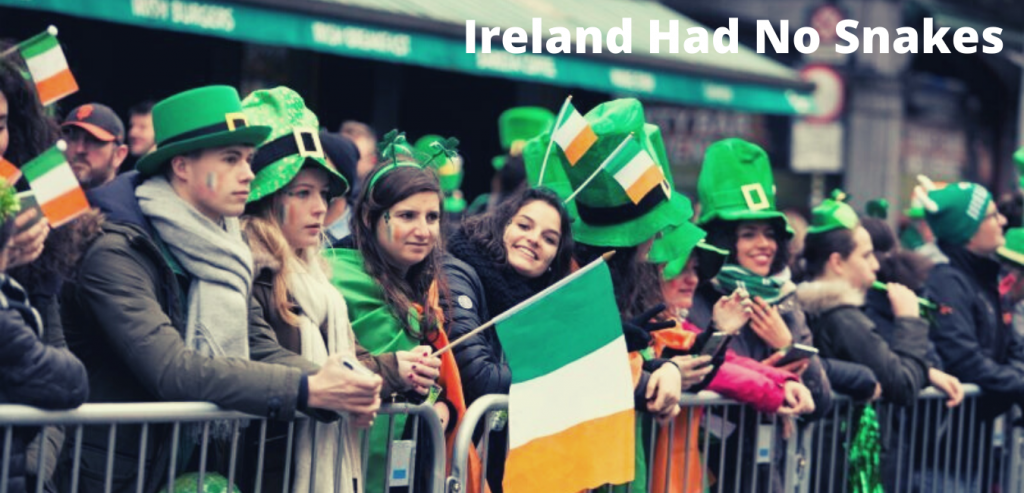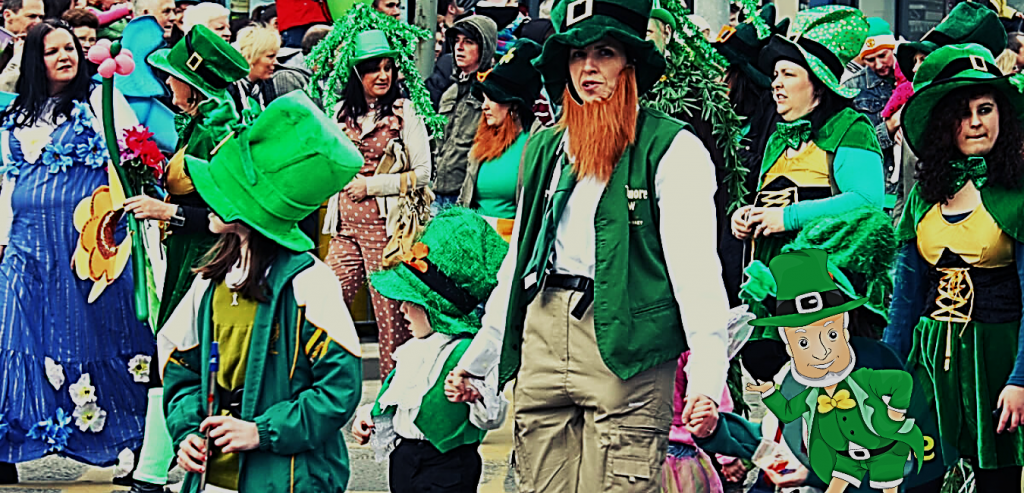The majority of people celebrating Saint Patrick’s Day this March 17th will not know about the true roots of this vacation, or perhaps its authentic significance. Apart from observing the Irish, the color green and whatever shamrock shakes are manufactured out of, what’s it actually about? How can it evolve in the holiday we observe now?
We wanted to have a peek at the background and development of St. Paddy’s Day and ideally offer you and your buddies some excellent talking points once you like that green-colored beer in the local Irish Bar.
It’s A Religious Holiday
Considering that the title of this vacation, it may appear clear that Saint Patrick was Christian, but most men and women associate it with observing Irish culture, instead of Catholicism. Truth be told, that is not where it started. Saint Patrick was a dominant bishop and missionary in Ireland near the end of the Roman Empire in the mid to late 5th century AD.
Called the Patron Saint of Ireland along with also the Apostle of Ireland, Patrick was instrumental in bringing the Roman Catholic faith to Ireland, and in succeeding years, Saint Patrick’s Day became a day to commemorate Catholicism in Ireland. Initially, it had been a day of feasting and celebration held annually on the afternoon of St. Patrick’s passing, although before the 1700s, the vacation did not exist in any formal capacity.
Through time, there’s been a fantastic deal of mythologizing of St. Patrick ever.
Ireland Had No Snakes
Among the popular myths concerning St. Patrick’s Day is he drove all of the snakes from Ireland as soon as they assaulted him through a 40 day fast. Legend stated he drove all of the snakes to the sea and that’s the reason why there are not any slithering serpents there now.

The True Origins of St. Patrick’s Day Ireland had no snakes
We know that there were no snakes in Ireland. 1 author hypothesized that the legends regarding the snakes really functioned as an apology for Druidic symbols in Ireland, and of St. Patrick’s eradication of the customs which preceded Catholicism in Ireland.
Saint Patrick Wasn’t Irish
In fact, St. Patrick was shot out of his home, possibly in Britain, Wales, or elsewhere, also became a servant to pirates for 6 decades. After he was freed, he entered the clergy and afterward returned to Ireland as a missionary to start his job.
While he wasn’t actually Irish by birth, he embodied the soul of Ireland and also a love for the nation.
Somewhat ironically, St. Patrick has been an immigrant to Ireland exactly the exact same way a lot of Irish would afterward become immigrants from the USA, where contemporary St. Patrick’s Day was firstborn.
Green Isn’t That Significant To St. Patrick
St. Patrick never wore green according to many accounts, but he did use the Irish Shamrock to describe Christian symbols and thoughts such as the Holy Trinity to his followers.
The shamrock itself meaning before Catholicism made its way into Ireland, in Druid stories and rituals. The importance has been that the 3 prongs, as three is a number with importance in Pagan customs. Green has been a color related to the shamrock and particular groups in Ireland, also in the mid-1700s, it dropped from style.
Inspired by blue, the color subsequently most commonly associated with St. Patrick, it was only when a different set of Irish Protestants rebelled against the British and recovered green as their emblem. “Wearing the Green” came out of a favorite theme tune for its rebellion and continues to be synonymous with Irish nationalism ever since.
The Modern Holiday is American
The very first St. Patrick’s Day Parade was held in Boston in 1737, as a celebration of Irish culture in the colonies. It later spread in fame to Dublin and other American towns and is currently well known in different countries, such as many in Europe as well as Asia.
In Ireland, St. Patrick’s Day is a federal holiday and was since the start of the 20th century, however, the very first parade was not held in its honor until the 1930s.

The Origins of St. Patrick’s Day in America
From the mid-1990s Ireland started to use St. Patrick’s Day to encourage tourism and cultural identity, some state to recover the holiday in the United States in which it has come to be a bit sticky. Others in Ireland and even in the United States are worried that the vacation has become overly secular.
Now St. Patrick is not much of a notion in any way in our parties of the famed holiday. Largely we consume Guinness beer and revel in dressing like Leprechauns. Sure there’s the traditional Egyptian music, dress, and dancing to supply a few touches of credibility, but those bits are mostly absent in Ireland’s very own celebrations. What St. Patrick’s Day has come to be today is mainly symbolic, though it’s still a fantastic excuse to have fun when spending some time with friends.